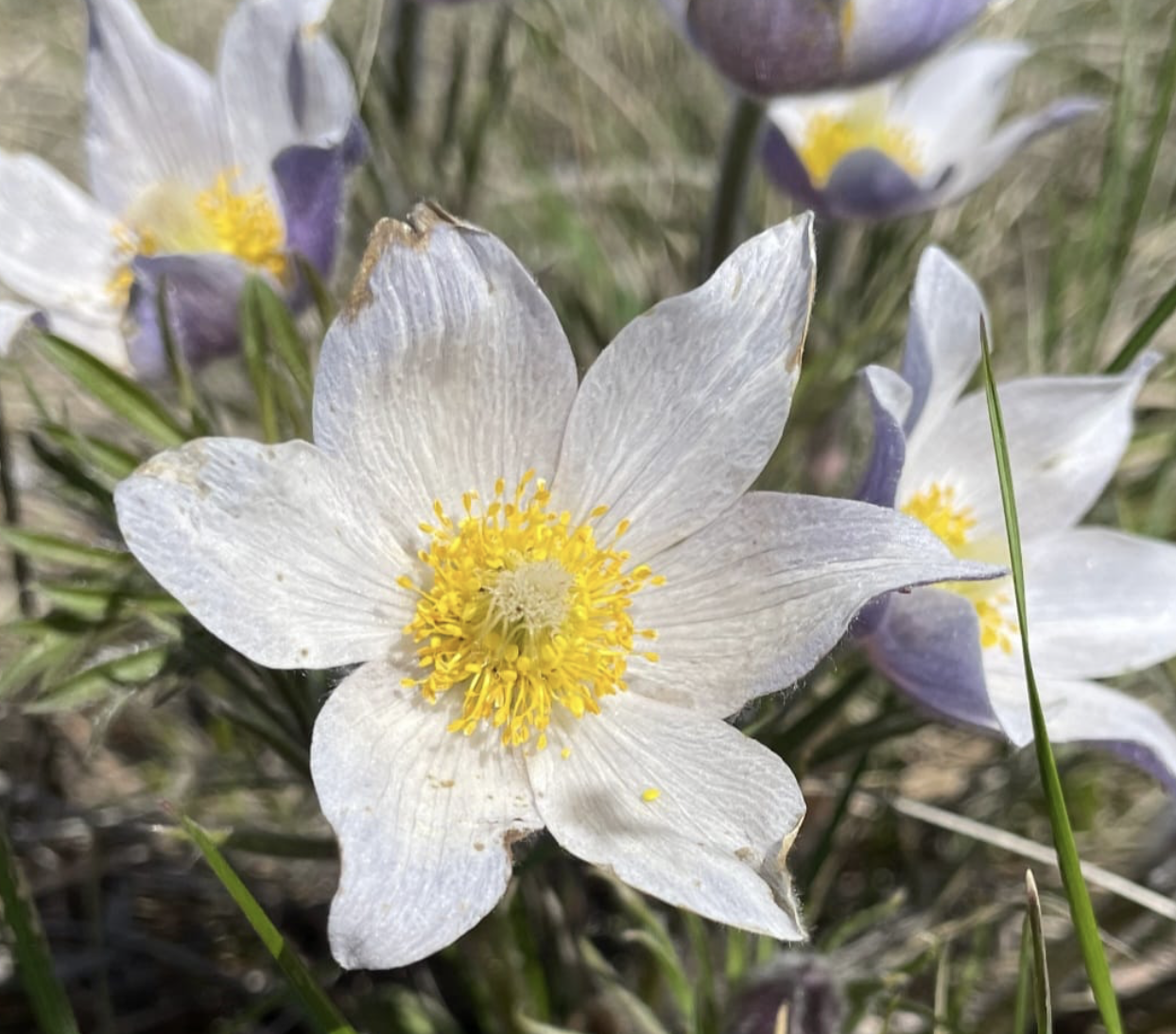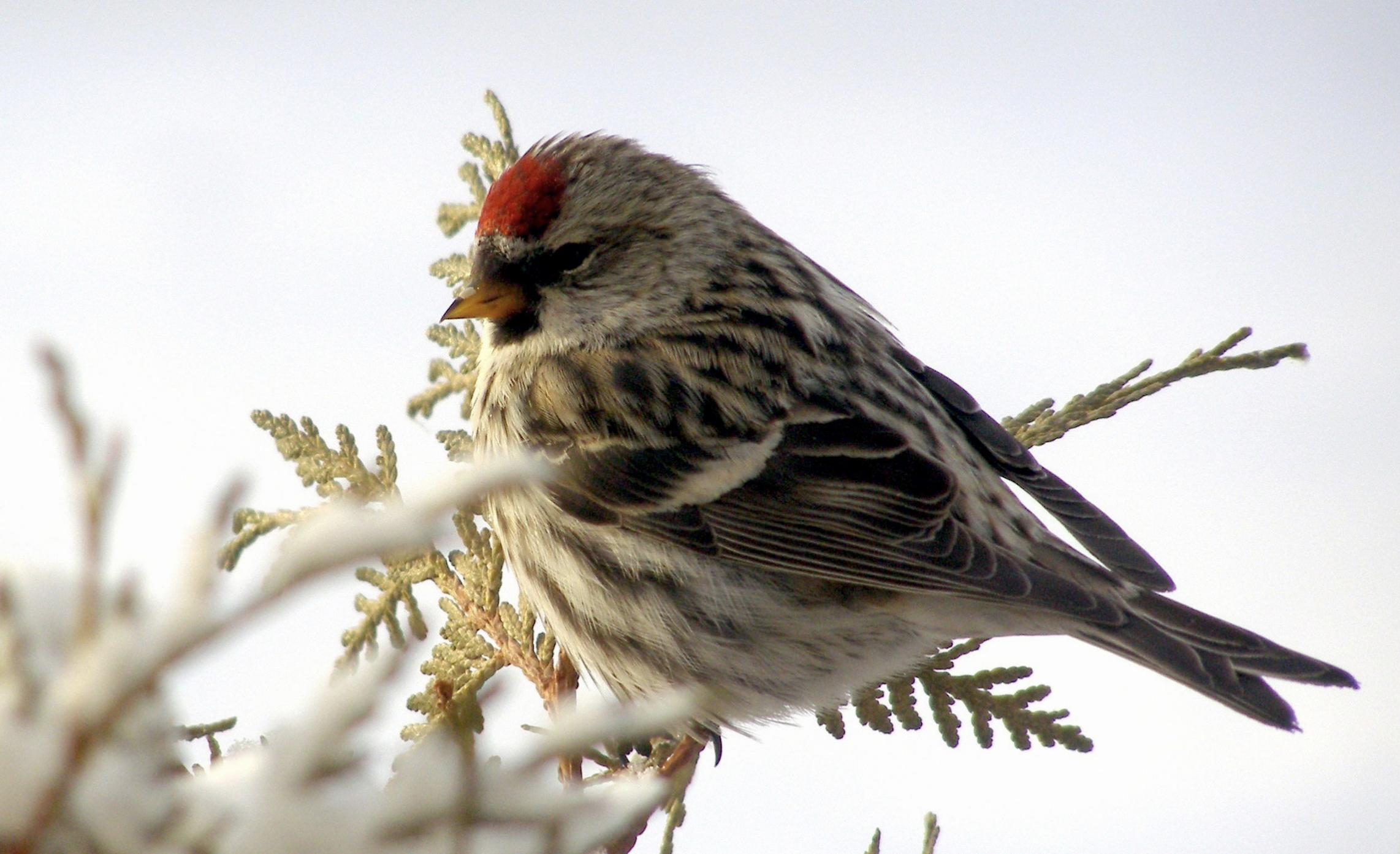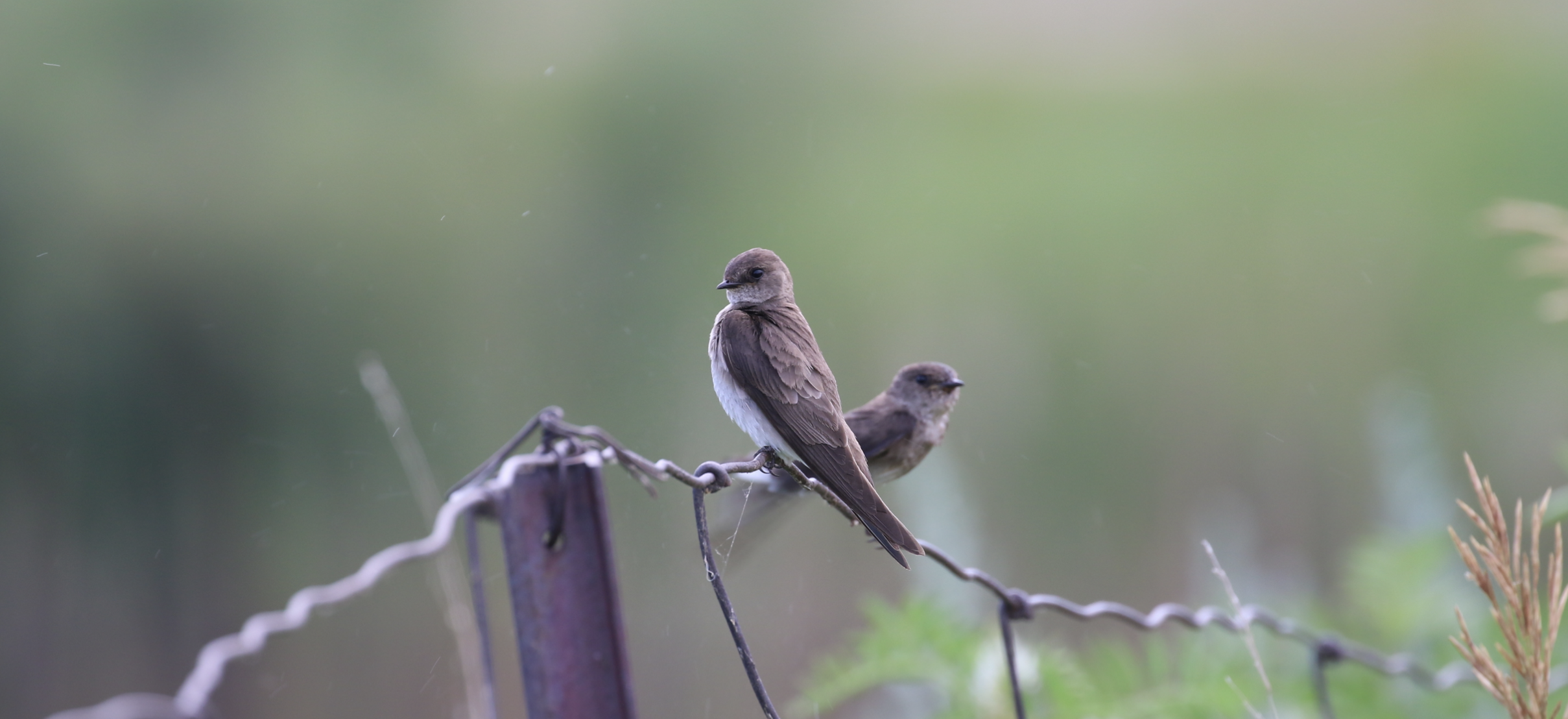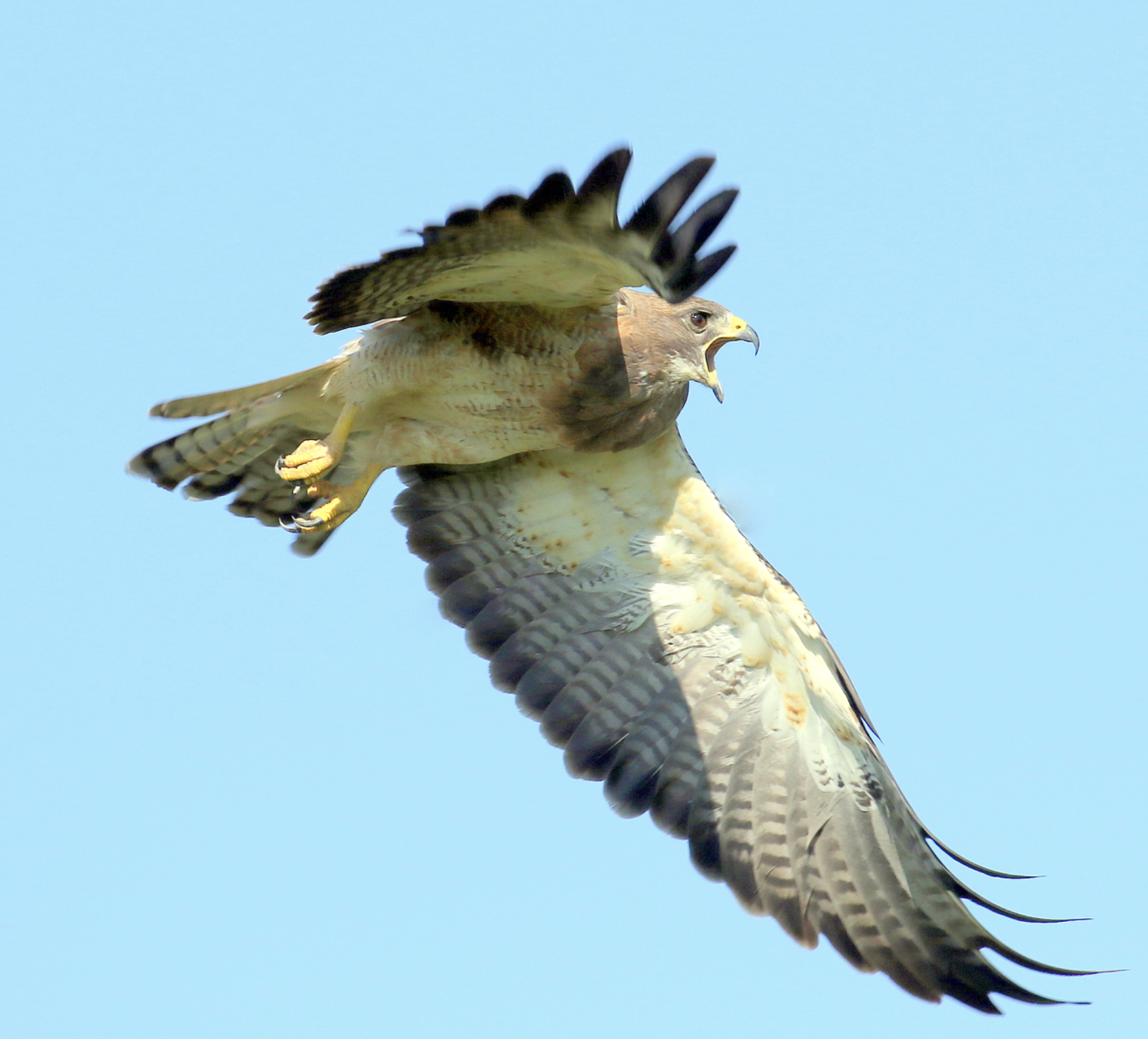massold clay canyons
WHERE NATURE AND HISTORY MEET
Tucked behind the historic Claybank Brick Plant lies the Massold Clay Canyons—a breathtaking landscape carved from decades of clay mining. These sculpted badlands and rolling hills offer more than just a glimpse into the site's industrial past; they reveal a thriving prairie ecosystem filled with diverse plant and animal life. The canyons are open to the public with the purchase of a day pass or membership, giving visitors access to a unique blend of natural beauty and historical significance.
OPEN YEAR ROUND WITH MEMBERSHIP OR DAY PASS
EXPERIENCE A LIVING LANDSCAPE
Walking through the Massold Clay Canyons is more than a hike—it’s an encounter with the living prairie. The diversity of flora and fauna in this protected environment makes each visit a new experience. Whether you’re a birdwatcher, plant enthusiast, photographer, or casual explorer, the canyons offer a rich and peaceful connection to Saskatchewan’s natural heritage. All visitors must have a valid day pass or membership, helping preserve this fragile landscape for generations to come.
WILDFLOWERS AND PRAIRIE PLANTS IN BLOOM
Throughout spring and summer, the canyons come alive with wildflowers and native vegetation. The bold reds and yellows of gaillardia and yellow flax brighten the paths, while the delicate blooms of harebells, crocuses, and gumbo evening primrose peek out from dry, rocky soil. You’ll also find hardy prairie plants like wild sage, prairie rose, rock cress, and the occasional brittle prickly pear cactus. Watch for rarer blooms like the small-flowered prairie rocket, a resilient species adapted to the clay-rich terrain.
A PRAIRE PARADISE FOR BIRDWATCHERS
The Massold Clay Canyons are home to a variety of grassland and cliff-dwelling birds. Keen-eyed visitors may spot rock wrens flitting among the clay outcroppings or catch a flash of color from mountain bluebirds perched along the trails. Overhead, turkey vultures often soar on thermal currents, while American kestrels hover in search of prey. Listen for the distinctive rattling call of the belted kingfisher near the nearby water sources—each species adds its own sound and movement to the landscape.






